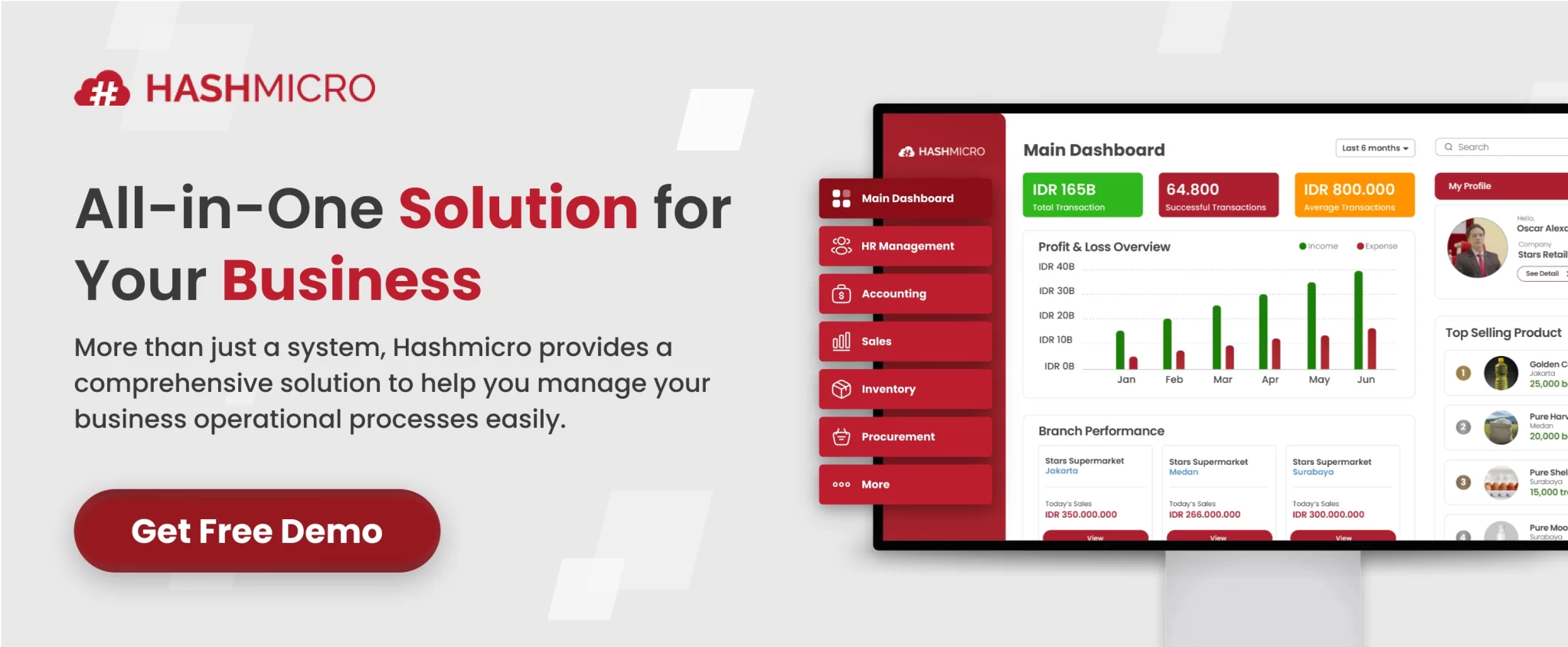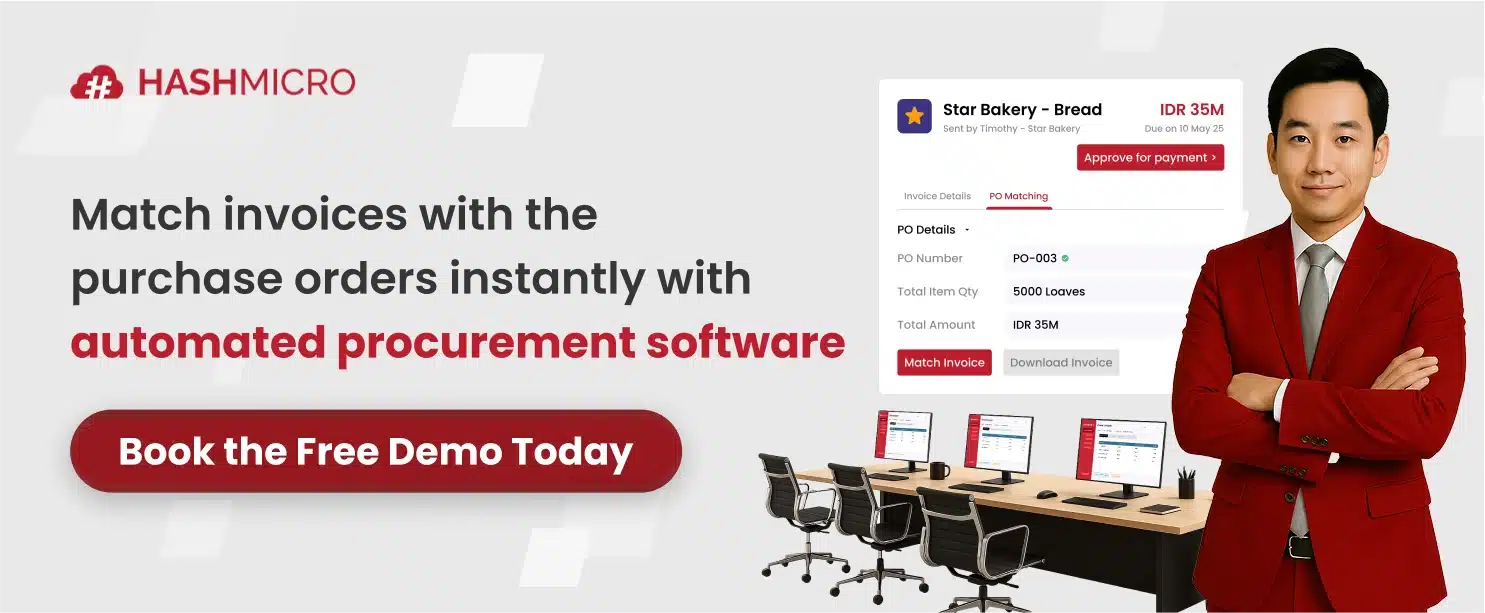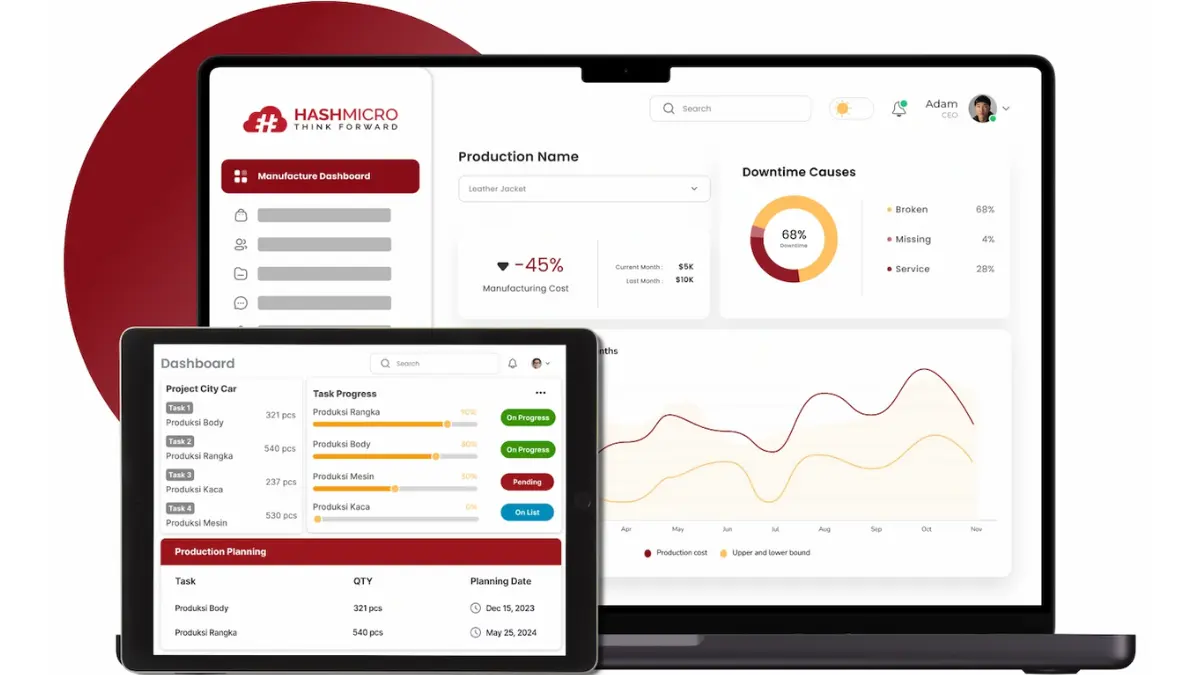Spend aggregation is the process of consolidating purchases across multiple departments or locations within a company to leverage collective buying power. By streamlining procurement, businesses can work with fewer suppliers, negotiate better terms, and optimize overall procurement costs.
Without an effective spend aggregation system, companies often struggle to consolidate their purchases, making it challenging to secure competitive pricing from suppliers. This lack of coordination can lead to increased costs, inefficiencies, and wasted resources in managing procurement across various departments.
Implementing procurement software is essential to overcoming these challenges. According to a survey, the Singapore government has increasingly utilized bulk tenders, with a significant portion of its ICT spending awarded through this method. This strategy demonstrates how spending aggregation can reduce costs and streamline procurement processes, benefiting businesses and public agencies.
To discover more about how spend aggregation software can transform your procurement process and boost efficiency in Singapore, stay with us as we delve deeper into the importance of an asset reservation system for your business.
Table of Content:
Table of Content

Key Takeaways
|
What is Spend Aggregation?
Spend aggregation in procurement refers to consolidating all vendor transactions across departments or locations into a unified purchasing process. This method streamlines procurement activities by working with fewer suppliers and simplifying order management.
By reducing the number of suppliers and centralizing purchases, businesses can significantly lower procurement costs. This approach also improves procurement management, enabling better control over purchasing activities and increasing overall procurement savings.
Additionally, spend aggregation enhances operational efficiency by minimizing the logistical complexity of managing multiple suppliers. This consolidation leads to more consistent supplier relationships, further optimizing cost savings and boosting the overall effectiveness of procurement strategies.
The difference between spend aggregation and procurement spend analysis is that spend aggregation focuses on consolidating and centralizing spend data, while spend analysis involves evaluating and extracting insights from that data to optimize procurement strategies.
Why is Spend Aggregation Important?
Spend aggregation is vital in simplifying spending management by consolidating purchases across departments. This systematization reduces procurement costs and helps organizations create more significant value by leveraging their buying power.
Businesses can realise significant cost savings by minimizing the number of suppliers and streamlining purchasing activities. Aggregating orders across locations reduces logistical challenges, optimizes spending patterns, and lowers procurement costs through better terms and pricing.
Moreover, spend aggregation enhances efficiency by cutting down paperwork and improving supplier sourcing strategies. It helps procurement teams focus on strategic tasks rather than managing disaggregated spending, leading to long-term procurement savings and stronger supplier relationships.
To experience the full benefits of spend aggregation, we encourage you to try HashMicro’s procurement system through a free demo. This comprehensive solution streamlines your procurement process, helping you achieve cost savings and improve supplier management effortlessly.
Benefits of Spend Aggregation
Before discussing the specific advantages, it’s essential to understand why spend aggregation is a crucial strategy for modern businesses. Companies can unlock significant cost savings and operational efficiencies by consolidating purchases and leveraging collective buying power.
Let’s explore the key benefits of spend aggregation and how it can transform your procurement process.
1. Better spend optimisation
Aggregating procurement spending allows businesses to centralize their spending management process, leading to significant cost savings. Companies can negotiate better deals and reduce procurement costs by consolidating purchases from multiple departments.
Fewer suppliers mean higher contract value, giving businesses leverage in supplier negotiations. This improves procurement savings while enhancing the overall efficiency of spend management.
2. Improved logistics
When procurement is centralized across multiple locations, logistics become more streamlined, reducing transportation costs and complications. Using the same vendors ensures that all sites receive consistent product quality, improving operational efficiency.
This approach improves the overall brand experience across multiple stores, reduces procurement costs across the supply chain, and provides a more efficient shopping management process. If you are interested in learning more about procurement solutions, try the free demo provided by HashMicro today!
3. Strengthening supplier relationships
Working with a smaller pool of high-volume suppliers creates more vital, more reliable partnerships. Suppliers benefit from consistent demand and revenue, while buyers enjoy improved service and reliability.
These strengthened relationships help mitigate supply chain risks and enhance long-term procurement savings. Additionally, stable partnerships enable both parties to focus on value creation instead of negotiating frequent, short-term contracts.
4. Increased procurement value creation
By streamlining procurement tasks and reducing time spent managing multiple suppliers, procurement teams can focus on more strategic activities. Spend aggregation helps minimize repetitive processes, enabling businesses to optimize their spend management efforts.
This shift frees up resources to enhance other organizational processes, driving more significant value creation. In turn, companies benefit from cost savings and improved procurement efficiency.
5. Spend data consolidation
Consolidating spending data across departments provides greater visibility into overall procurement activities. This centralized view allows businesses to analyze trends, identify areas for cost reduction, and improve the spending management process.
With all data in one place, decision-making becomes more informed, leading to better procurement strategies. Ultimately, this consolidation results in improved cost savings and more effective resource allocation.
6. Predictive analytics
Aggregating procurement data enables businesses to utilize predictive analytics to forecast future procurement needs. This data-driven approach helps procurement teams make more intelligent decisions by identifying potential cost savings and procurement opportunities.
Predictive analytics can also anticipate supply chain risks, allowing companies to mitigate issues before they arise. When integrated into a comprehensive procurement ERP system, predictive analytics further enhances procurement efficiency by automating data analysis and decision-making processes.
7. Detection of anomalies in spend
With centralized spending data, detecting anomalies or irregularities in spending patterns becomes easier. This proactive approach helps businesses prevent unnecessary expenses and improve their spend management strategies.
Identifying anomalies early allows companies to address potential issues, reduce procurement costs, and enhance overall financial control. This not only improves cost savings but also strengthens financial oversight in procurement.
If you’re curious about how much a tailored procurement software would cost your business, HashMicro offers an easy-to-use pricing calculator. Explore your options and find the perfect solution for your budget and procurement needs today by clicking the banner below!
How to Implement Spend Aggregation
Implementing spend aggregation effectively requires a structured approach to ensure optimal procurement outcomes. Following the proper steps, businesses can streamline purchasing processes, reduce costs, and strengthen supplier relationships.
The following section will explain the key steps to successfully implementing spend aggregation in your organization.
- Find your champions: Gaining support from high-level stakeholders is crucial for a smooth spend management process. With their backing, overcoming internal resistance becomes easier, ensuring the successful adoption of procurement cost-saving strategies.
- Centralize your data: Centralizing procurement data across departments enhances visibility into overall procurement activities. This step is essential for streamlining the spending management process, allowing for better decision-making and procurement savings.
- Consolidate your supplier list: Reducing your supplier list to a select few high-volume vendors simplifies procurement cost management. This approach also improves terms and pricing, helping achieve significant cost savings across departments.
- Streamline communications and approvals: Integrating communication and approvals into a central platform makes decision-making more efficient. This helps minimize delays, improve procurement savings, and optimize the spend management process.
- Introduce risk management: Implementing risk management practices is vital to ensuring trust in crucial supplier relationships. Incorporating third-party risk assessments during supplier sourcing helps reduce potential risks and strengthens procurement cost control.
- Manage supplier performance: Tracking supplier performance is essential for maintaining contract compliance and service quality. This practice supports continuous cost savings and ensures consistent procurement value creation.
- Measure and refine the process: Regularly analyzing supplier data allows for ongoing improvements in the spend management process. This ensures procurement cost efficiency while uncovering new opportunities for savings.
The Ultimate Solution for Streamlining Spend Aggregation with HashMicro’s Procurement Management Software
HashMicro’s Procurement Management Software is one of the leading solutions for businesses in Singapore. It offers an effective way to manage spend aggregation and has been widely adopted across various industries. This software helps companies optimize their procurement processes and achieve better cost control.
If you want to explore this system’s advantages, HashMicro offers a free demo to give you a firsthand experience. This allows businesses to see how the platform can simplify spend management and improve procurement efficiency.
The system supports business efficiency with features such as:
- Automatically evaluate vendors: Assess suppliers based on key metrics like punctuality, cost-efficiency, and delivery accuracy to ensure partnerships with top-quality vendors.
- Track budgets and set limits per transaction: Monitor spending closely and enforce budget limits for each purchase to maintain financial control and prevent overspending.
- Manage service work orders efficiently: Supervise them from start to finish, ensuring they are delivered on time and meet all required specifications.
- Support diverse purchasing models: Handle various procurement needs, including products, services, assets, and rentals, for greater operational flexibility.
- Analyze purchasing data in depth: Gain valuable insights into spending trends, supplier performance, and pricing to make informed procurement decisions.
- Streamline direct purchase processes: Optimize straightforward procurement tasks by simplifying direct purchases, saving time and boosting efficiency.
- Utilize OCR for RFQ processing: Leverage Optical Character Recognition to extract and process data from RFQ documents accurately and quickly, reducing manual entry.
These tools help streamline the procurement process, reduce manual tasks, and provide insight into spending patterns.
In addition to these features, HashMicro excels in integrating with various business systems for more complex operational needs. The software also offers customizable features, allowing businesses to tailor the platform to their procurement requirements.
Conclusion
In today’s competitive business environment, spend aggregation is crucial in reducing procurement costs and improving operational efficiency. By consolidating purchases and streamlining supplier relationships, businesses can gain better control over their spending and achieve long-term savings.
One of the best software solutions for managing spend aggregation effectively is HashMicro’s Procurement System. With its robust features and ability to centralize procurement activities, this system has helped many companies across industries optimize their procurement processes and improve cost management.
Enhance your procurement efficiency by trying HashMicro’s free demo with their professional team to customize the system for your business needs.

FAQ About Spend Aggregation
-
What is aggregate spend?
Aggregate spend refers to the total expenditure from multiple departments or categories, consolidated into a single figure to provide insights on overall spending patterns. This helps organizations gain better control over their procurement and budgeting processes.
-
What does aggregate mean in purchasing?
An aggregate purchase refers to buying multiple items to fulfill a specific purpose or goal, for example, purchasing furniture and decor for an office or home, where these items are treated as capital assets if their combined value surpasses a set capitalization threshold for that location.
-
What is aggregation in finance?
Aggregation in finance involves pooling together various assets or liabilities to manage them as a single unit, often for refinancing or investment purposes. It helps in optimizing cash flows and enhancing financial control.
-
What is cost aggregation in budgeting?
Cost aggregation in budgeting is the process of summing up individual project or department costs to create an overall budget estimate. It provides a clear view of total expenses, aiding in efficient financial planning and resource allocation.
























































